Menu
The pads are a mix of vibration isolators made from a superior combination of vibration damping materials. By combining ultra-high performance elastomers with bearing plates, outstanding vibration isolation values are achieved for the most problematic equipment.
£475.00 – £675.00
Treadmill vibration isolation pads are designed to reduce the structural vibrations caused by harmonic excitation when running. They also reduce noise caused by the rotation of the integrated motor that drives the treadmill belt.
Measurements show that treadmills have a main excitation frequency of around 18Hz.
If this corresponds to the natural frequency of the floor/ceiling then the vibrations are also amplified by the resonance. This can causes significant noise problems.
We have two versions available. A standard T4 and a low load T4 which incorporates a softer isolation system.
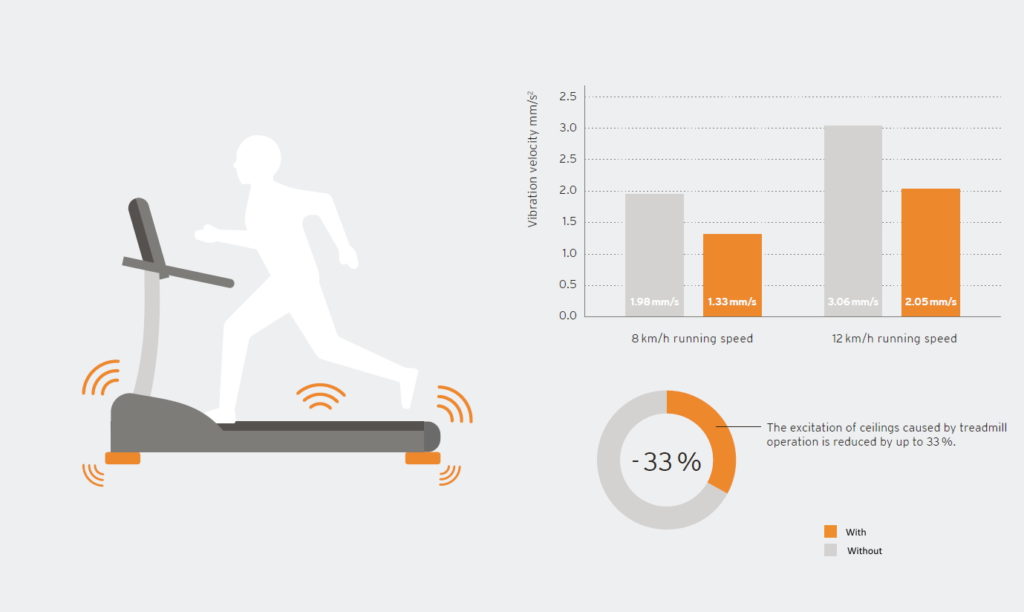
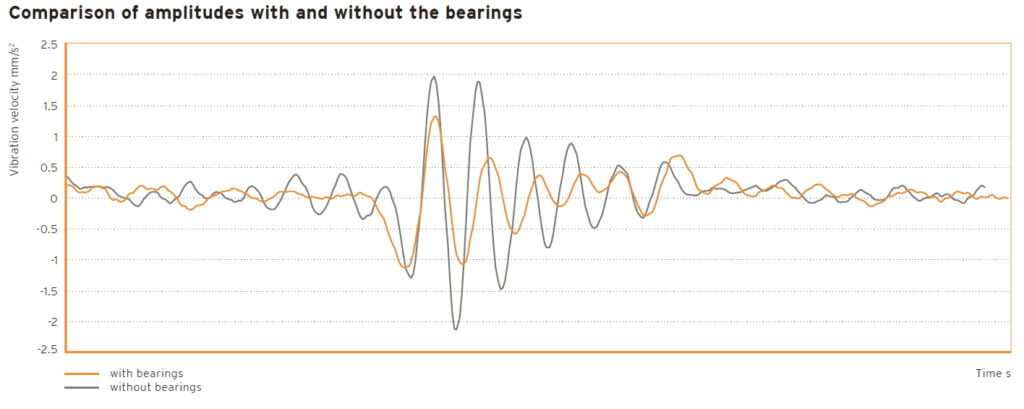
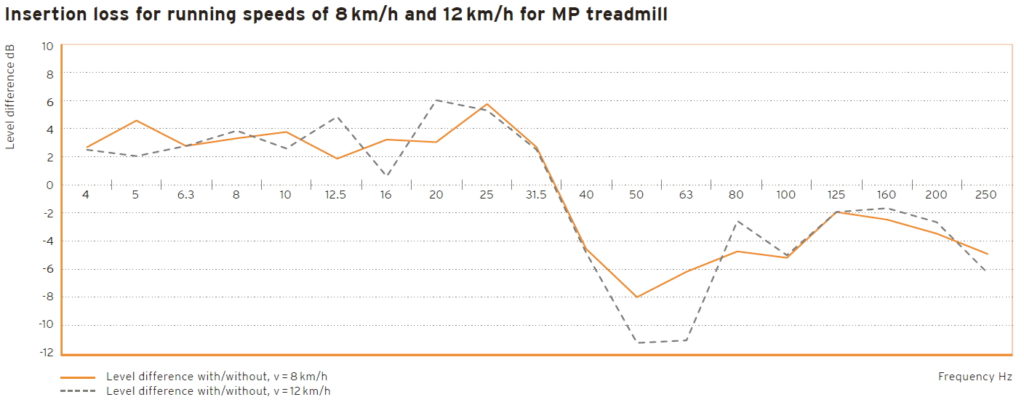
Through the use of high-damping elastic treadmill supports, the acting vibrations can be reduced by up to 33%. The vibration-isolation effect of the elastic PU material used reduces noise levels by up to 8dB (for running speeds of 8km/h) and 11dB (for running speeds of 12km/h) – effectively reducing them by half.
Please Note: These units are specifically engineered for solid concrete floors. Using them on timber floors may not provide the levels of low frequency isolation stated. There may also be secondary issues with sympathetic vibrations when using a treadmill and isolator on a timber floor.
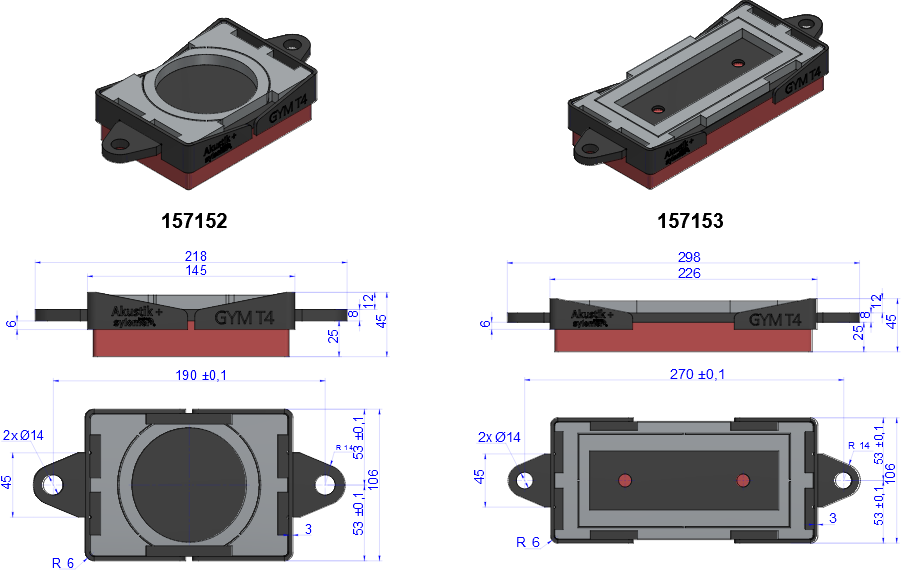
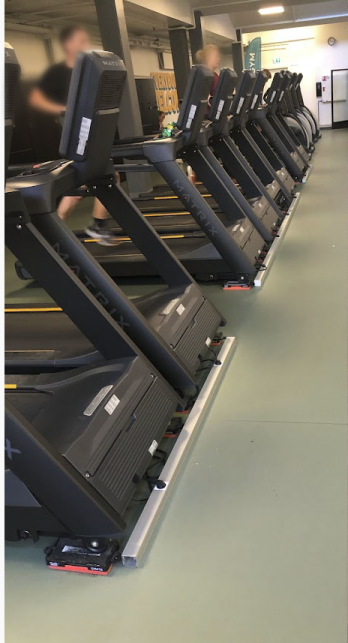
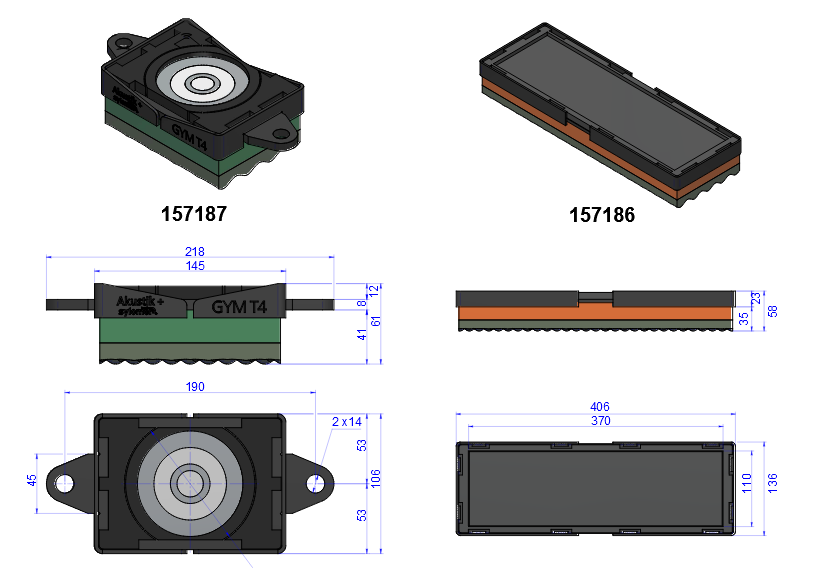
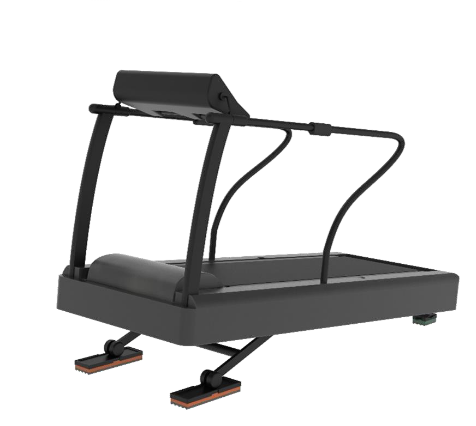
| Type | Position | Max load (kg) | Code |
| GYM T4 | Rear | 140 | 157152 |
| GYM T4 | Front | 230 | 157153 |
| GYM T4 Low Load | Rear | 80 | 157187 |
| GYM T4 Low Load | Front | 100 | 157186 |
What do I need ? T4 or T4 Low Load?
With any isolation system it performs at its best when it is loaded closer to its maximum load.
This provides for the best low frequency performance.
Other than checking your treadmills feet/wheels to make sure that they will fit into the pads care needs to be taken to not ‘underload’ these pads.
It will not be efficient to use the T4 pads if the machine does not come close to
The manufacturers literature should state the weight of the machine and ideally you want to establish the front and rear weights to make sure everything is within tolerances.
The ‘weight’ of the runner also needs to be taken into account.
Under no circumstances should the weight of the machine and runner exceed the total sum of the maximum weight loadings of the four pads.
If you are unsure, please just ask us.